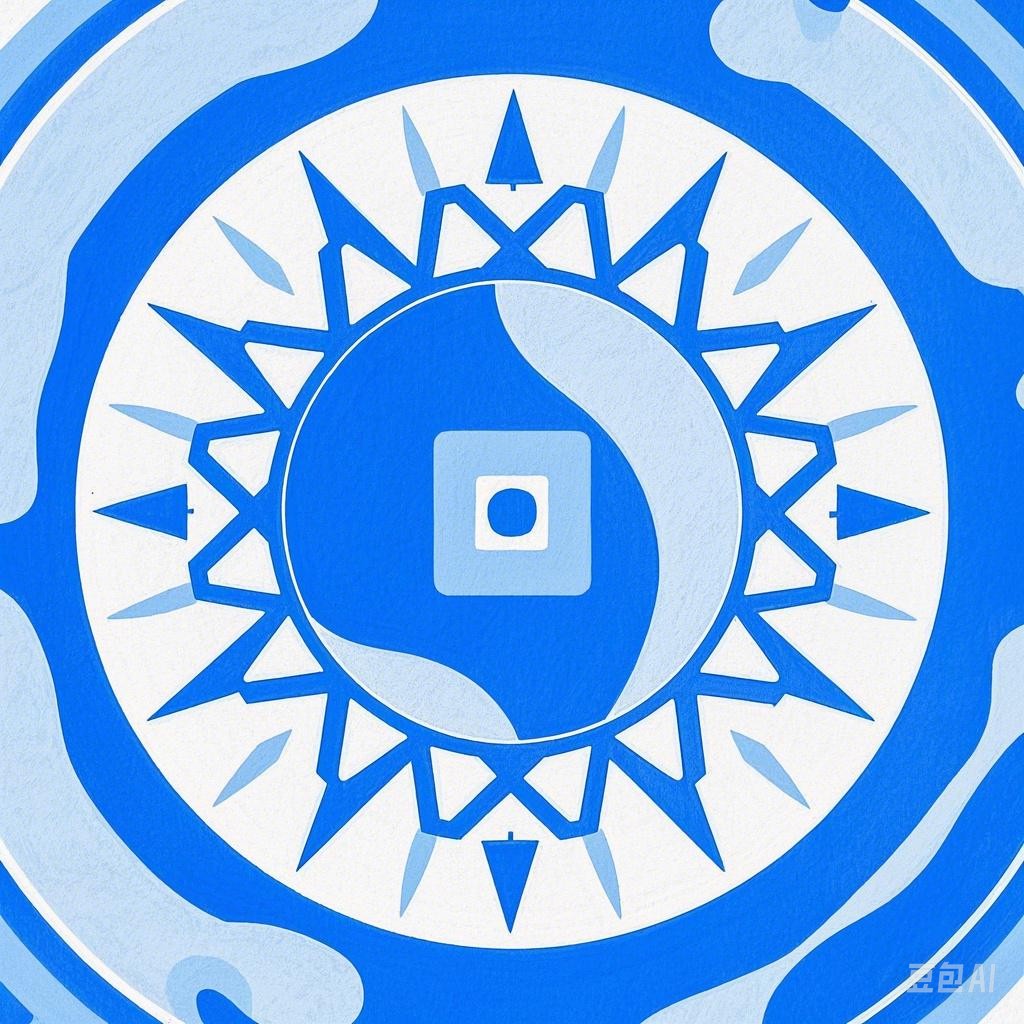Introduction
India, a land of diverse cultures and traditions, is renowned for its vibrant and colorful festive spirit. Festivals are an integral part of Indian society, reflecting the rich tapestry of its history, beliefs, and customs. This article takes you on a journey into the heart of India’s cultural celebrations, exploring some of the most significant festivals that encapsulate the nation’s festive spirit.
Diwali: The Festival of Lights
Diwali, also known as Deepavali, is one of the most popular and widely celebrated festivals in India. It marks the victory of good over evil and light over darkness. Diwali is typically celebrated in October or November and lasts for five days.
Preparations
Before the festival begins, people clean their homes and decorate them with lights, rangoli (colorful patterns made on the floor), and flowers. Homes are adorned with lanterns and candles, creating a festive atmosphere.
Rituals
The festival starts with the lighting of lamps and candles, signifying the triumph of light over darkness. People offer prayers to deities like Goddess Lakshmi, the goddess of wealth and prosperity, and Lord Ganesha, the remover of obstacles.
Celebrations
Diwali is a time for joy, feasting, and fireworks. Families gather to share delicious meals, exchange gifts, and participate in various games and activities. Fireworks light up the night sky, adding to the festive ambiance.
Holi: The Festival of Colors
Holi, also known as the Festival of Colors, is a spring festival that celebrates the victory of good over evil and the arrival of spring. It is typically celebrated in March and is marked by the throwing of colored powders and water.
Rituals
On the day of Holi, people gather in public spaces and on the streets to celebrate. The festival begins with the Holika Dahan, where a bonfire is lit to symbolize the burning of evil. After the bonfire, people apply colored powders and water on each other, signifying the victory of good over evil.
Celebrations
Holi is a time for fun, laughter, and joy. People wear colorful clothes and gather in groups to throw colors at each other. It is also a time for feasting, with families and friends coming together to enjoy delicious food and sweets.
Eid-ul-Fitr: The Festival of Breaking the Fast
Eid-ul-Fitr is a significant festival for Muslims in India, marking the end of Ramadan, the holy month of fasting. It is typically celebrated in May or June.
Rituals
On the day of Eid-ul-Fitr, Muslims gather in mosques for prayers and then visit their families and friends. They exchange greetings, distribute sweets, and wear new clothes.
Celebrations
Eid-ul-Fitr is a time for joy, celebration, and gratitude. People come together to enjoy delicious food, share stories, and express their happiness for the end of Ramadan.
Ganesh Chaturthi: The Festival of Lord Ganesha
Ganesh Chaturthi is a festival dedicated to Lord Ganesha, the elephant-headed god of wisdom and prosperity. It is typically celebrated in August or September.
Rituals
The festival begins with the installation of Lord Ganesha’s idol in a public place or at home. People offer prayers, perform aarti (a ritual involving waving lamps), and distribute prasadam (holy food) to the needy.
Celebrations
Ganesh Chaturthi is a time for devotion, music, and dance. People visit the pandals (temporary structures) where the idols are installed, participate in cultural programs, and enjoy the festive atmosphere.
Conclusion
India’s festive spirit is a testament to the nation’s rich cultural heritage and diverse traditions. From Diwali’s light and Holi’s colors to Eid-ul-Fitr’s joy and Ganesh Chaturthi’s devotion, these festivals bring people together, fostering a sense of unity and celebration. As you embark on this journey into India’s cultural celebrations, you will undoubtedly be enchanted by the vibrancy and beauty of its festive spirit.
